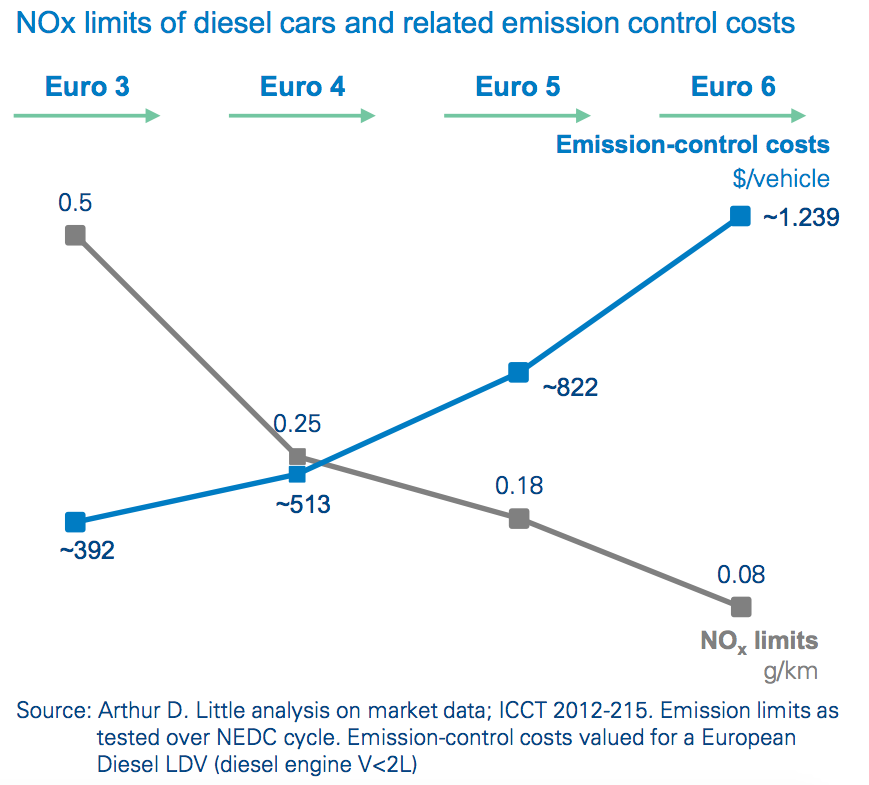
New sentencing guidelines are evidently changing the landscape for health and safety prosecutions. Executives should be aware of these changes and the potential implications on their business
Since 1974, the Health and Safety at Work etc. Act has been the backbone of the legislative framework governing health and safety in Great Britain. As part of this Act, Crown Courts have had the power to sentence offenders to unlimited fines – and while this does not undo the harm caused it has sought to penalize financially those found to be responsible. After many years of discussion and debate, lawmakers added the Corporate Manslaughter and Corporate Homicide Act 2007. The impact of this Act has unsurprisingly been followed closely by lawyers, safety professionals and executives. However, as of 1st February 2016, the way in which all safety offences are sentenced has changed. This is not a result of any new law, but the coming into force of the “Health and Safety Offences, Corporate Manslaughter and Food Safety and Hygiene Offences Definitive Guideline,” published by the Sentencing Council in November 2015 (applicable in England and Wales, but also cited by judges in Scotland). In the “Response to consultation,” the Chairman of the Sentencing Council sets outs the aims as “ensuring fines mark the seriousness of offenses in a way that is fair and proportionate to the means of the offenders.” To this end, the Definitive Guideline sets a range for fines of up to £10 million for breaches of Sections 2 and 3 of the Health and Safety at Work etc. Act.
The new Definitive Guideline was expected to both raise the level of fines for health and safety offences (and link fines to the “means of the offender”) and deliver greater consistency in fines. Measuring the latter objective is not straightforward, as it would be necessary to understand the potential for harm in all cases. On the objective of raising the level of fines for offenders with higher turnover, it is already possible to draw a clear conclusion. Our analysis of reported fines from successful prosecutions in the five months since the new guidelines were released has shown a substantial increase in the level of fines for both non-fatal and fatal incidents.
The average size of fine has increased significantly under the new guidelines.
We examined the 63 fines reported from 1st February to 30th June 2016, and compared them with the 68 reported during the same period in 2015. Our analysis shows that the average fine has dramatically increased across all sectors, company sizes and incident types. The increase has been greatest for larger companies (over £100 million turnover), which is consistent with the original aim of the guidelines to make fines more consistent with the “means of the offender and ensure that the financial impact is significant for larger companies. The results for fatal versus non-fatal events are more mixed, with a much greater increase for non-fatal than fatal, for larger companies but not smaller companies. The new guidelines base fines on potential harm rather than actual consequences, which is reflected in the closing gap between fatal and non-fatal fines for larger companies (but not for smaller companies). It is also apparent that, although the guidelines are intended to provide greater consistency, the range of fines has increased, with the potential for smaller companies to receive huge fines.





